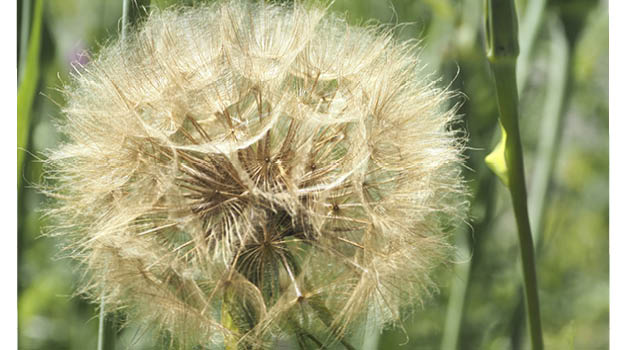How seeds disperse naturally
2021-02-03T00:55:10+11:00
Once plants start seeding in your garden, you'll be amazed where they pop up – here's how seed distribution happens, naturally.
Seeds and their capsules are wonders of evolution. Each tiny package of genetic material with its clever wrapping has been honed over millions of years to spread to the right place at the right time. Some seeds even escape with a bang! Remember, the clever wrapping is not the seed itself, and needs to be dried, removed or winnowed. Also, extra adaptations to cold, drought or fire mean some seeds need special treatment after storage to germinate (there’s more information on how save your own seeds in Issue 123). Seeds of course need help to get to a new location – here are some examples of natural seed dispersal:
Water Cranberry harvest is a spectacular example, where berries float down streams and across lakes. Coconuts float, too, perfectly adapted to the ocean with waterproof shells and their own fresh water supply inside to start germination when they arrive on distant shores. Some mangrove seeds fall and float vertically, rooting rapidly as soon as they touch a suitable substrate, whereas others germinate attached to the tree before falling, so that roots dibber into the mud!
Wind The ways in which seeds use wind to disperse are astonishing. Some, such as maples, have winged seeds (‘samaras’) to helicopter away. Dandelions use parachutes in the form of fluffy attachments. Others, such as orchid seeds, are minute or light and flattened, to float on the faintest current. And others, such as poppies, have pepper-pot capsules on swaying long stalks to scatter rolling seeds.
Animals and people Caltrop’s pointy spikes, goosegrass burrs, grass seeds’ barbs and acaena’s devilishly hooked spines (once in your socks, they are there forever; believe me, just throw away that pair!) are all designed to hitchhike on fur, skin, clothes or rubber tyres.
A second strategy gives delicious nuts, seeds and fruits a chance to spread: enticement to be eaten, followed by discarding the large indigestible seed (mango); or to eat the lot, and deposit seeds elsewhere (berries). Blackberry and emu bush seeds need to pass through the gut of a bird to germinate. Squirrels bury acorns, ants carry seeds inside nests… the adaptations are endless.
Fire and more Many Australian native plants, such as banksia, have woody seed capsules to protect seeds from fire, opening afterwards to drop seeds into sunny, nutrient-rich ash beds.
Some seeds, such as those of the Californian poppy and broom, have pods that open with explosive force to scatter seeds.
To read Helen’s ‘Essential guide to Seed Saving’ in Issue 123, head to ABC Organic Gardener magazine.






